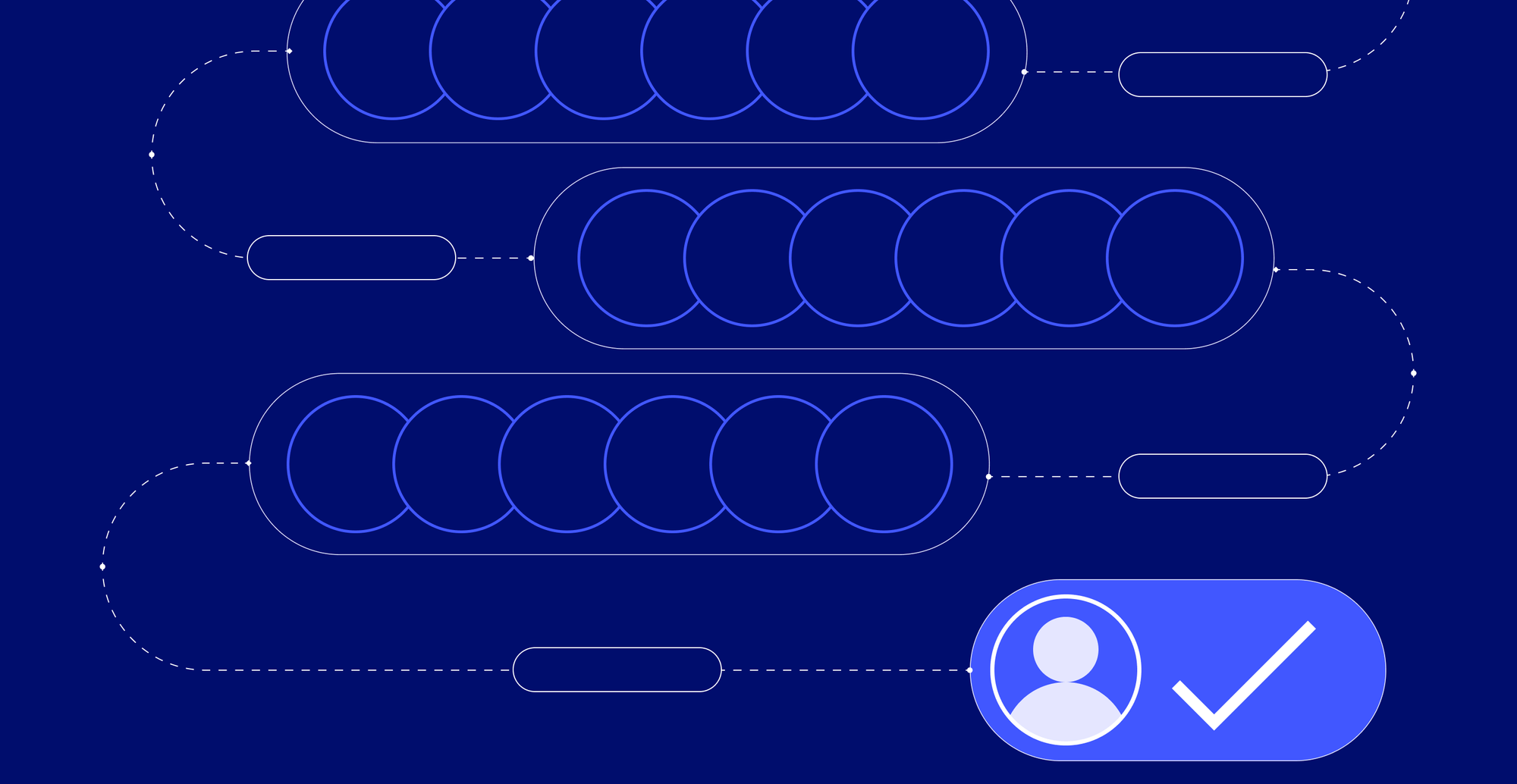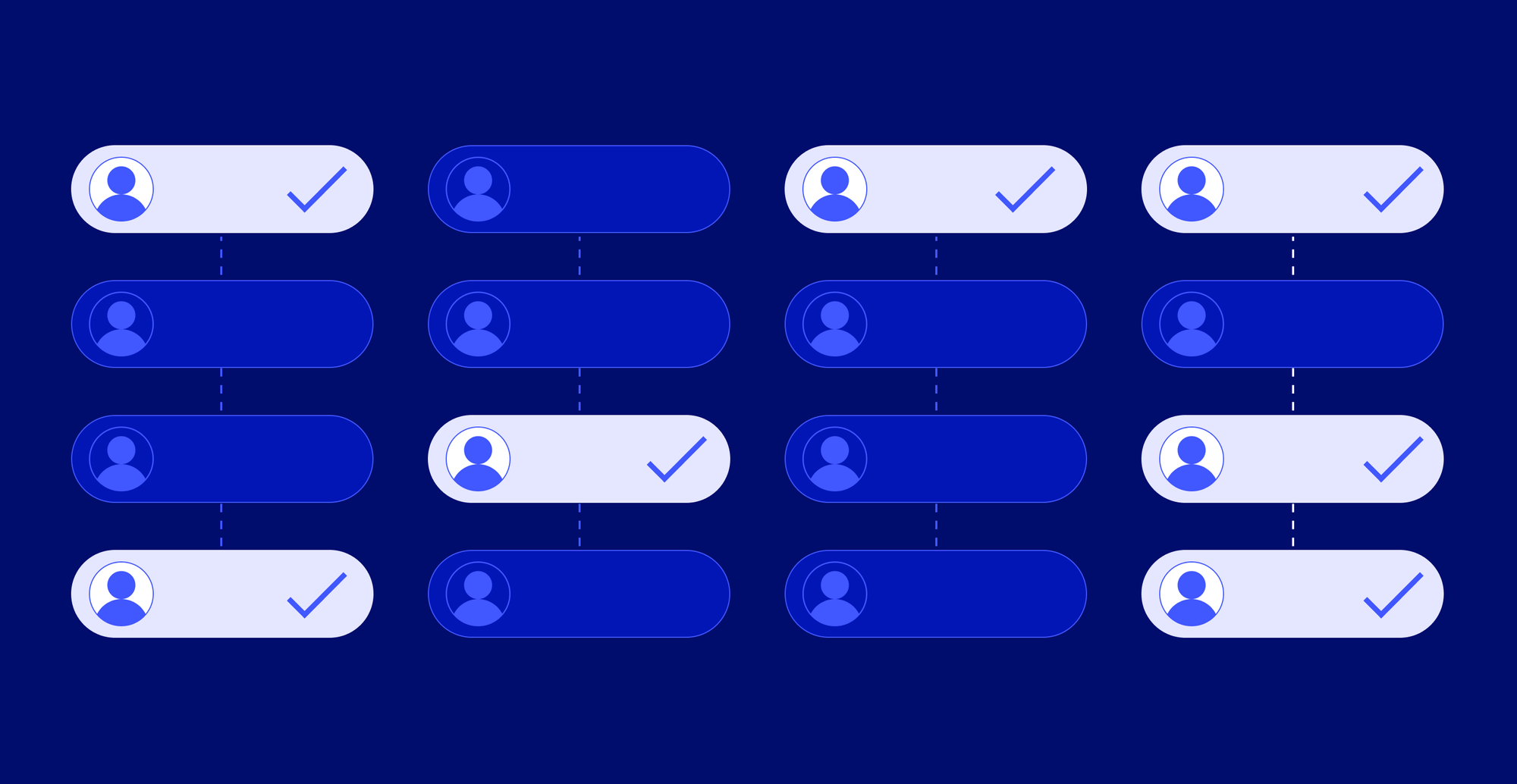Lead scoring strategies using dynamic data
Discover how AI lead scoring uses dynamic data and real-time buyer signals to improve conversion rates and sales efficiency.
.jpeg)


From Gut Instinct to Data-Driven Sales: Using AI-powered Dynamic Data in Lead Scoring
84% of deals are won or lost before sales teams even know they exist.
Most organizations still rely on traditional lead scoring models that assign fixed points for surface-level actions like email opens, page visits, or webinar registrations.
But these static models only reward actions that are, ultimately, poor indicators of buying intent. This creates pain points for sales and marketing teams, such as:
- Marketing passing leads that do not convert
- Sales reps chasing the wrong people
- Bloated pipelines
- Missed forecasts
- Increased acquisition costs
Modern teams solve these issues with AI-powered dynamic lead scoring systems. In this article, we explore what dynamic lead scoring is and provide practical steps for implementing dynamic lead scoring with orchestration tools. We also look at how teams can turn live signals into better decisions and faster revenue growth.
What is dynamic lead scoring?
Dynamic lead scoring is a method of ranking prospects based on their likelihood of becoming customers. Instead of assigning a fixed score once (for actions like an email open or a webinar sign-up), dynamic scoring continuously updates in real time using live buyer signals such as job changes, intent data, and engagement patterns.
These dynamic models consider a wider set of criteria:
- Behavioral data and signals, such as website visits, content engagement, event attendance, or demo requests, to understand where and how customers are engaging
- Firmographic data, including company size, industry, revenue, and geographic market, to identify the most promising leads and accounts
- Demographic details, like job title, seniority, or department, to ensure alignment with the ideal customer profile
- Technographic and intent signals, from job postings, technology stacks, or third-party intent providers that reveal buying readiness
- Real-time customer relationship management (CRM) updates, capturing job changes, new hires, and past customer movement into target accounts
The dynamic scoring model is often powered by AI, which can analyze large datasets and identify patterns that signal whether a lead is genuinely ready to buy.
Dynamic lead scoring vs. traditional lead scoring: What’s the difference?
Traditional, manual lead scoring is static. It uses fixed-point systems based on simple actions, like downloading a whitepaper or opening an email, and those scores don’t change unless someone manually adjusts the rules. The result is a snapshot that quickly becomes outdated.
Dynamic lead scoring is adaptive. It uses AI to pull in live signals like web behavior, intent data, CRM updates, and firmographic details, and automatically recalibrates scores in real time. This produces a constantly updated view of who is most likely to buy.
Here’s a quick overview of how traditional and dynamic lead scoring differ at a glance.
How does AI-powered dynamic data improve lead scoring?
AI brings a layer of prediction to lead scoring. Instead of just reacting to what a prospect has already done (like opening an email), AI analyzes patterns across thousands of data points to predict who is most likely to buy next. This predictive layer makes dynamic scoring accurate and actionable.
Companies that have embraced these predictive lead scoring models are seeing measurable improvements across sales performance, conversion rates, and marketing ROI.
- Smarter prioritization with predictive insights: The predictive approach ensures sales efforts focus on the right people at the right time. McKinsey found that companies using machine learning to analyze customer behavior saw a 10–15% increase in sales, a direct outcome of better prioritization.
- Faster response to real-time signals: Reps engage at the moment of highest intent. Deloitte reported that companies applying AI to lead scoring and targeting saw a 20–30% lift in conversion rates, thanks in part to more timely follow-up.
- Personalization at scale: AI doesn’t just say who is ready, but why. If one lead’s score rises because of hiring intent and another’s because of product research, your outreach can reflect those differences. Instead of generic ‘checking in emails’, marketing and sales teams can tailor messaging that connects with the buyer’s current priorities.
- Scalability without extra overhead: AI systems process and score thousands of leads simultaneously without human input. In the same report, Deloitte also noted a 35% improvement in marketing ROI when AI-based scoring was implemented, showing how automation frees resources for higher-value work.
The real question is how to make it work inside your organization.
How to implement dynamic lead scoring in your organization
Building a dynamic lead scoring model from scratch typically involves training custom AI models, maintaining large datasets, and deploying them across your entire organization. Most teams don’t have the resources or appetite for that level of complexity.
A sales orchestration tool handles the AI, data integration, and automation for you. It connects directly to your CRM and marketing systems, pulls in real-time signals, and automatically refreshes scores.
So how do you put it into action? Let’s look at the key steps to implementing lead scoring that’s dynamic with a sales orchestration tool.
1. Establish scoring criteria with orchestration tools
Dynamic lead scoring only works if you start by defining the criteria that matter for your business. Without this foundation, even the best AI model will generate noisy signals and lose the trust of sales and marketing.
With a sales orchestration tool, you can go beyond simple engagement metrics and include a rich mix of signals like:
- Engagement depth: Visits to high-intent pages—like pricing or demo pages—carry more weight than generic blog traffic
- Conversion triggers: Actions such as requesting a demo, signing up for a trial, or attending a webinar
- Job changes: Champions or past customers moving into new accounts within your ICP
- New executive hires: Senior decision-makers joining target companies, often early in their vendor evaluation process
- Hiring intent: Job postings that reference tools, skills, or projects connected to your solution
- Firmographic fit: Company size, industry, revenue band, and geographic market that align with your ICP
- Seniority and role: Prioritizing decision-makers and budget owners over junior contacts
- Technology stack: Existing platforms that create either integration opportunities or competitive displacement
- Recency and frequency: How recent and how frequent a lead’s engagement has been, to avoid inflating scores with stale activity
LoneScale pulls this data in automatically. It identifies job changes, flags new executive hires, analyzes hiring intent from job postings, and enriches inbound leads, such as webinar sign-ups, with verified contact and company data.
LoneScale feeds over 40 datapoints directly into Salesforce and HubSpot, refreshing them daily from 25+ trusted sources. That means your scoring criteria are always based on live, accurate information.
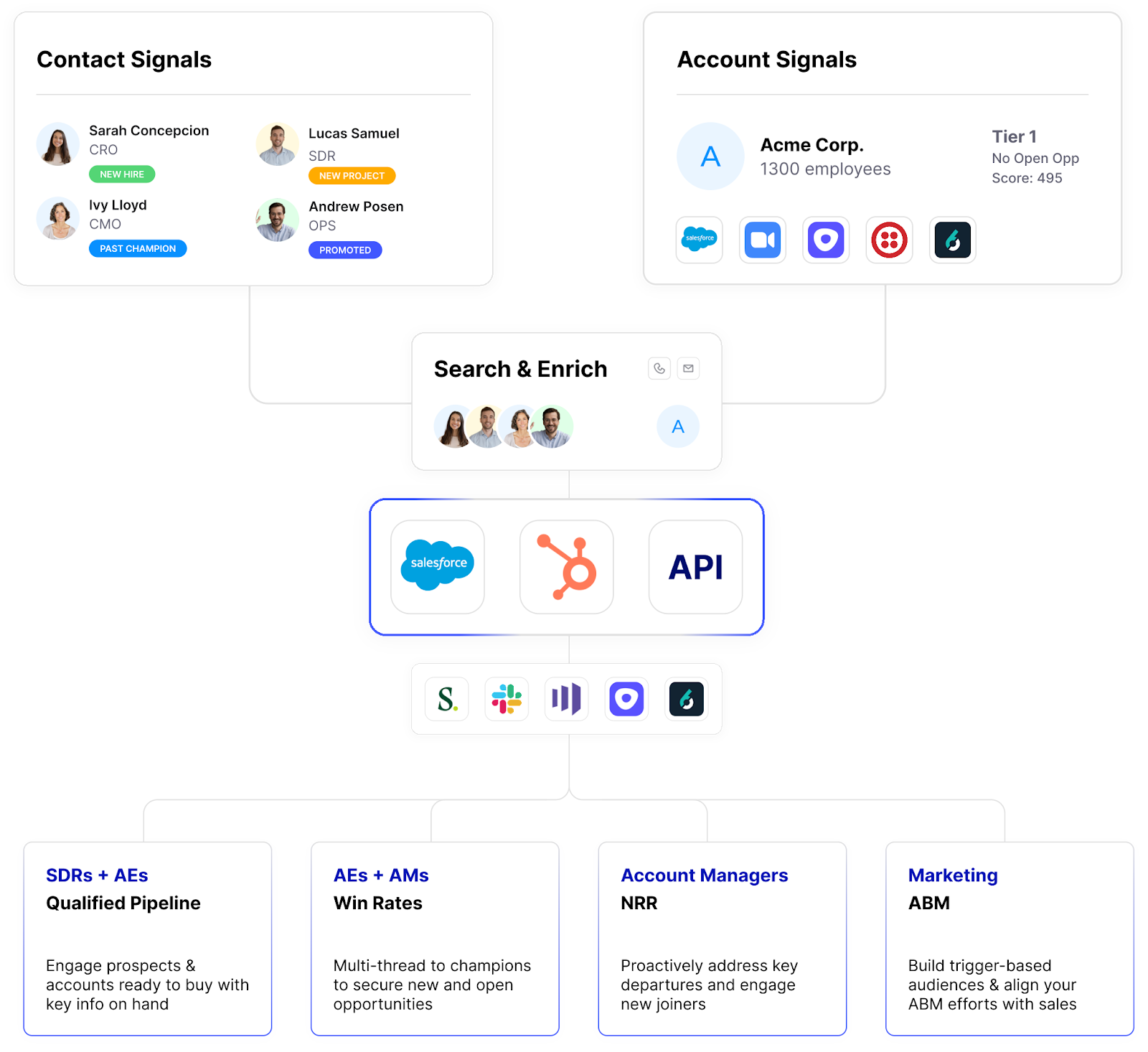
2. Align sales and marketing efforts via shared scoring definitions
Defining the right signals is only useful if sales and marketing agree on what those signals mean. Shared scoring means both teams use the same rules for how signals are weighted and the same thresholds for what counts as a marketing-qualified lead (MQL) or a sales-ready lead.
Without this alignment on how to rank leads, marketing may celebrate generating qualified leads based on webinar sign-ups, while sales ignores them because they aren’t decision-makers or don’t fit the ICP.
With dynamic scoring, orchestration tools make it easier to create shared definitions. Sales and marketing can sit down together, look at the same signals, and assign points and values that both sides trust. For example:
A lead that reaches 80 points or more could be considered sales-ready. Anything between 40–79 points stays in nurture. Anything below 40 is logged but not yet acted upon.
The exact numbers will vary, but the principle stays the same: both teams agree in advance how scores translate into next steps.
3. Integrate with marketing automation and CRM for smarter workflows
If signals from job changes, inbound forms, or enrichment providers sit in spreadsheets or disconnected platforms, sales will never see them, and marketing can’t automate against them. Integration with CRM and marketing automation systems is what makes scoring usable in daily workflows.
LoneScale integrates natively with Salesforce and HubSpot, keeping records accurate and usable for scoring:
- Salesforce enrichment and hygiene: One-click sourcing of verified decision-makers, daily auto-refresh of accounts and buying committees, instant enrichment of new records, and automatic job-change tracking
- HubSpot enrichment and hygiene: The same capabilities adapted for marketing. LoneScale enriches inbound leads as soon as they enter HubSpot, refreshes contacts and firmographics every 24 hours, and updates records on autopilot so nurture programs and campaigns always target the right people.
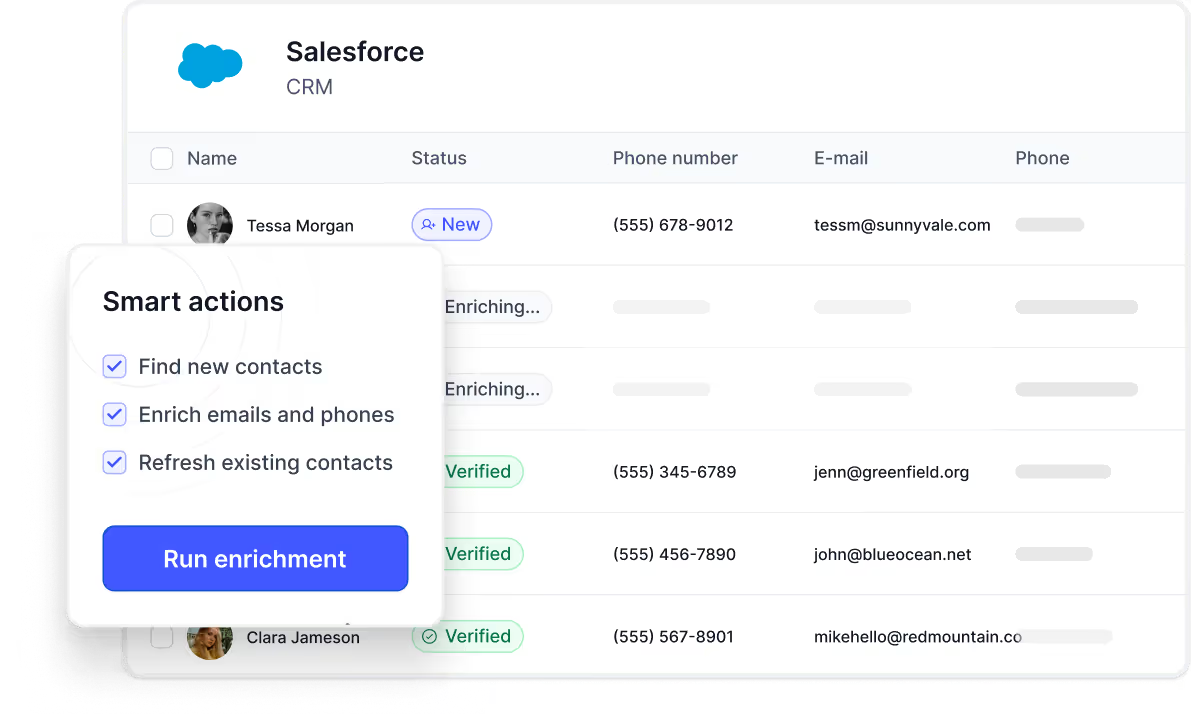
4. Embed waterfall enrichment to keep scores fresh
The challenge is that no single data provider has complete, always-accurate coverage of every contact or account. One source might have the right phone number, another the right title, and a third the most recent company update. If you rely on just one, you end up with gaps and inaccurate data on potential customers, and scoring might fail.
Waterfall enrichment helps solve this. Instead of pulling from a single database, enrichment runs through multiple sources in sequence.
If the first provider can’t verify or complete a record, the system falls through to the next, and the next, until the missing data is found and confirmed. This layered approach dramatically increases accuracy, boosts coverage, and ensures every record is as complete as possible.
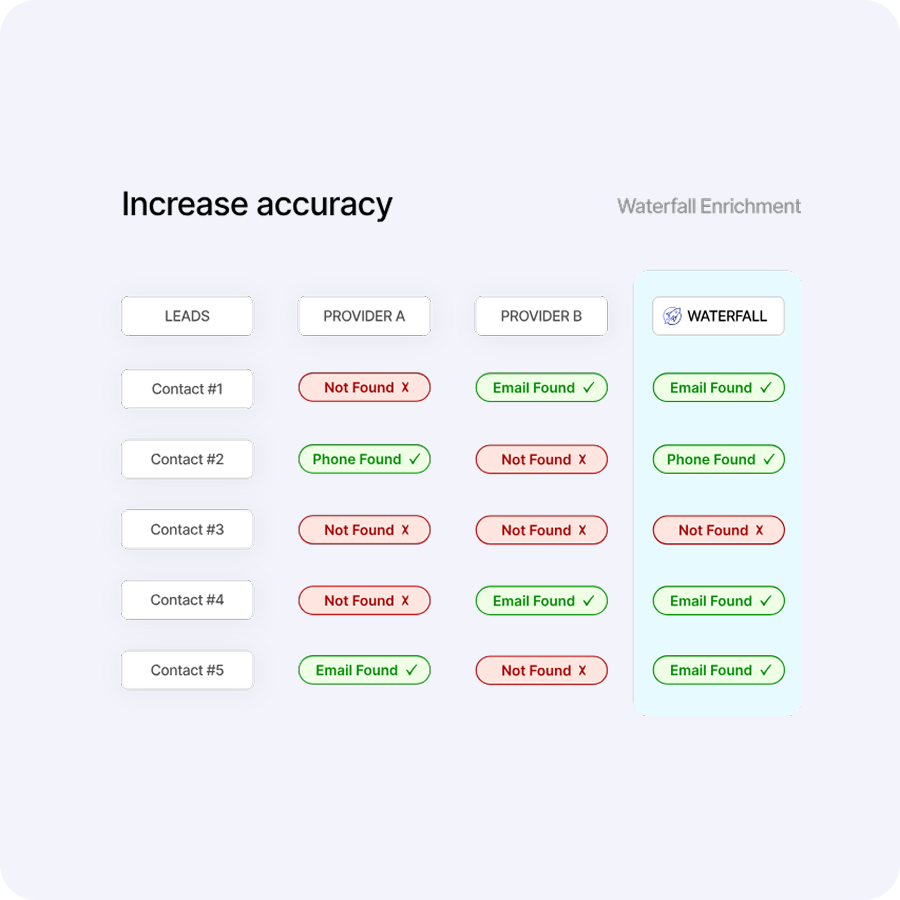
LoneScale applies waterfall enrichment directly within Salesforce and HubSpot:
- Multi-source verification: Pulls from 25+ data providers in sequence, delivering verified emails, phone numbers, and firmographics with an 83%+ find rate
- Country and vendor logic: Lets you customize waterfalls based on region or vendor performance, improving accuracy in global datasets
- Use existing credits first: Connects your current data vendors before tapping into additional sources, maximizing ROI
- Always-on automation: Runs enrichment automatically from triggers like new inbound leads, account list uploads, or job-change events
- CRM-native delivery: Enriched records flow directly into Salesforce and HubSpot standard fields, with no exports or third-party dashboards
5. Review and refine the model regularly
Buyer behavior, sales cycles, and market conditions change over time; the scoring rules and thresholds that worked six months ago likely aren’t accurate today. Teams should build in a review cadence and regularly check:
- Scoring thresholds: Are leads marked as sales-ready converting at the expected rate, or do they need adjusting?
- Signal weights: Are high-intent actions (like demo requests) still the strongest predictors, or have new data (like job changes or firmographic shifts) become more important?
- Pipeline feedback: Are reps closing deals faster with high-scoring leads, or are some signals producing false positives?
Keeping a close eye on your lead scoring process enables you to spot issues that impact sales success and rectify them in order to approach the right contacts at the right time.
What challenges do companies face when implementing dynamic lead scoring strategies?
Dynamic lead scoring brings accuracy and speed, but adoption isn’t always simple. Companies often run into these challenges when rolling it out:
- Data quality and consistency: Predictive scoring’s accuracy depends heavily on clean, correct data. Outdated information, duplicates, or manual entry errors can skew results and undermine trust.
- Integration complexity: Legacy systems, siloed tools, and incompatible data sources can make integration difficult. This makes it harder to synchronize scoring models with CRM or marketing platforms.
- Sales and marketing misalignment: Without shared scoring definitions, marketing may celebrate qualified leads that sales ignores, eroding trust in the system
- Model transparency: Advanced scoring models (e.g., those built with deep learning) can feel like black boxes. Organizations struggle to trust or tweak results without transparency.
- Resource constraints and technical expertise: Developing, deploying, and maintaining AI-powered scoring models requires data science skills and infrastructure, something many organizations lack internally
Get AI-powered lead scoring with LoneScale
Lead scoring only works if your data is alive. When records are stale, signals are missing, or scores don’t reflect reality, reps waste time on the wrong leads and marketing burns budget on the wrong campaigns.
LoneScale fixes that. It plugs directly into Salesforce and HubSpot, refreshes every record daily, and enriches inbound leads the moment they arrive. It maps buying committees, flags job changes and new executive hires, and pulls verified emails and phone numbers through waterfall enrichment across 25+ providers.
Lead management doesn't have to be tedious, not with LoneScale.
Prospect smarter with live stakeholder mapping
One click in Salesforce reveals the entire verified buying committee with accurate contact details and keep stakeholders up-to-date. It’s not just “updated often” — it’s actually live.





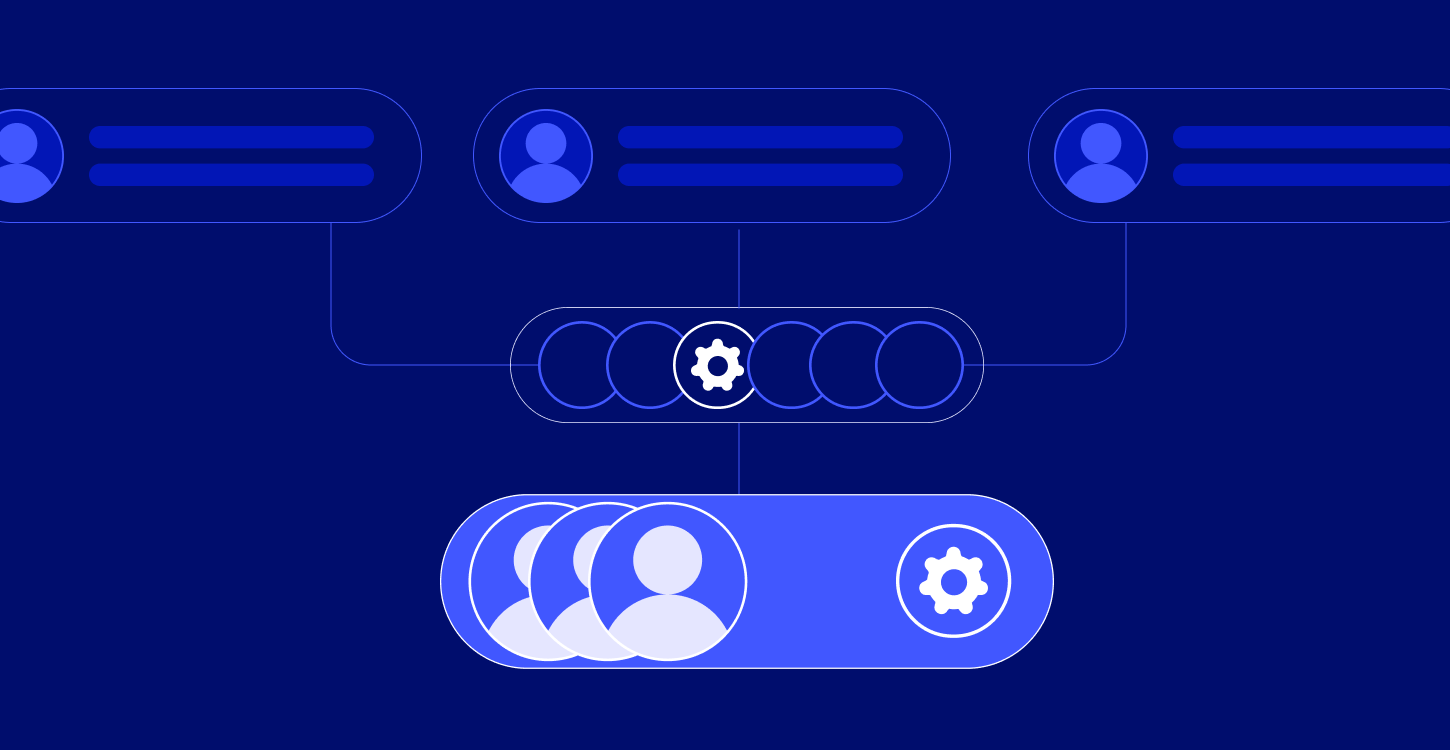
.png)




